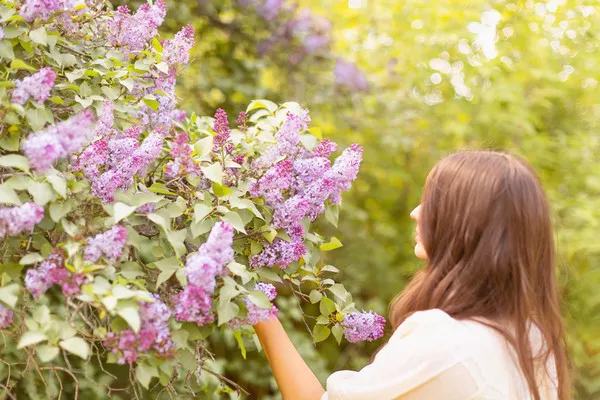Bees are renowned pollinators, playing a crucial role in plant reproduction and the production of fruits and seeds. However, various factors such as habitat loss and pesticide use have led to declining bee populations. As a result, gardeners and agriculturalists are seeking alternative methods to ensure the pollination of flowers and the continuation of healthy ecosystems. In this article, we will delve into the world of pollinating flowers without bees, exploring methods such as hand pollination, attracting other pollinators, and emerging technologies.
Understanding the Importance of Pollination
Before delving into alternative methods of pollination, it’s essential to grasp the significance of this natural process. Pollination is the transfer of pollen from the male parts of a flower to the female parts, leading to fertilization and the production of seeds. This process is essential for the reproduction of many plants, including food crops, and contributes to biodiversity and ecosystem stability.
1. Hand Pollination Techniques
Hand pollination involves manually transferring pollen from one flower to another, bypassing the need for bees or other pollinators. This method can be effective in ensuring the pollination of specific plants, especially in controlled environments like greenhouses. Here’s how to hand-pollinate flowers:
Identify Male and Female Flowers: Understand the anatomy of the flowers you’re working with. Male flowers have pollen-bearing stamens, while female flowers have stigma and ovaries.
Collect Pollen: Use a small brush or cotton swab to gently collect pollen from the male flower’s stamens.
Transfer Pollen: Gently transfer the collected pollen to the stigma of the female flower. Repeat this process for multiple flowers.
Timing: Hand pollination is most effective when done during the flower’s peak pollen production.
Protect Flowers: After hand pollination, consider covering the flowers with a mesh bag to prevent unwanted pollination and cross-breeding.
2. Attracting Other Pollinators
While bees are prominent pollinators, many other insects and animals also contribute to pollination. By creating a pollinator-friendly environment, you can encourage a diverse range of pollinators to visit your garden. Here’s how to attract other pollinators:
Plant Diversity: Include a variety of flowering plants that bloom at different times throughout the year. This ensures a continuous food source for pollinators.
Native Plants: Choose native plants that are well-suited to the local pollinator population. They often provide the ideal nectar and pollen sources.
Provide Shelter: Offer nesting sites and shelters for pollinators. Bee houses, piles of branches, and undisturbed areas can serve as homes for solitary bees and other insects.
Water Sources: Provide clean water sources, such as shallow dishes with stones for perching, to meet the hydration needs of pollinators.
Avoid Pesticides: Minimize or eliminate pesticide use, as they can harm beneficial insects like bees and butterflies.
3. Exploring Emerging Technologies: Artificial Pollination
Advancements in technology have given rise to innovative approaches to pollination. Artificial pollination involves the use of tools and techniques to facilitate pollination in the absence of natural pollinators. Here are some emerging technologies:
Drones: Pollination drones are designed to carry pollen from flower to flower. Equipped with brushes or other pollen-capturing devices, these drones can target specific crops or areas.
Robotic Pollinators: Robotic insects equipped with soft bristles or feathers can mimic the pollination behavior of bees, effectively transferring pollen between flowers.
Electrostatic Pollination: This method uses electrostatic charges to attract and deposit pollen onto flowers. It can increase pollination efficiency and reduce pollen loss.
Artificial Pollen: Researchers are exploring the development of synthetic pollen-like particles that can be dispersed to enhance pollination.
Conclusion
As the decline in bee populations continues to raise concerns about pollination, the exploration of alternative methods becomes increasingly important. Hand pollination, attracting diverse pollinators, and emerging technologies offer potential solutions to ensure the successful reproduction of plants and the sustainability of ecosystems. While these methods may not fully replace the essential role of bees, they represent steps toward adapting and innovating in the face of ecological challenges. Whether through careful hand pollination, cultivating a pollinator-friendly habitat, or embracing cutting-edge technologies, the world of pollination is evolving, offering hope for a future where flowers continue to bloom and ecosystems flourish.


